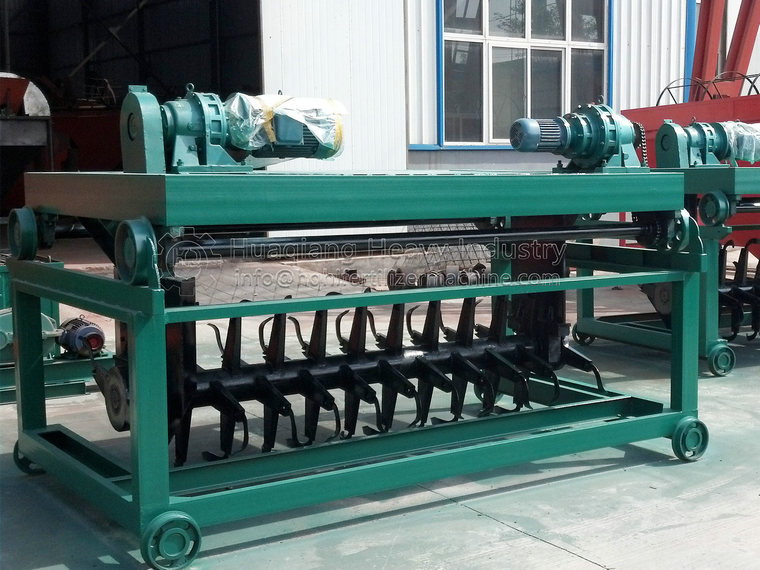In recent years, more and more fertilizer manufacturers choose to sell more granular fertilizer rather than powdered NPK in the fertilizer market. But why? What’s the difference between granular fertilizer and powder fertilizer? In general, the particle size of the boundary is about 0.1mm. Less than 0.1mm particles called powder, particle size in 0.1mm ~ 10mm, more than 10mm particles will caked.
In fertilizer manufacturing, why is fertilizer made into pellets? What are the advantages of fertilizer pellets over powders? The control of fertilizer particle size is of great significance to fertilizer storage and transportation. Powdery fertilizer is easy to produce dust in the transportation process, causing pollution and waste, while granular fertilizer is not easy to caking, easy to transport. Some micronutrients will be added to the NPK production line to improve the efficiency of compound fertilizer, while powdery fertilizer is easy to absorb moisture and clump after the addition of trace elements. But granular fertilizer composition is stable, even adding trace elements is not easy to agglomerate. Fertilizer granulation improves the quality of agricultural production. The fertilizer granules can slow the release of fertilizer. Fertilization is convenient and not easy to damage the soil. Compared with powder fertilizer, fertilizer manufacturers choose to produce granular fertilizer can get higher profits. In the fertilizer market, the price range for a ton of granular fertilizer is $200- $300.
.jpg)
Granular fertilizer sells well in the market.
Granular fertilizers require an increased granulation process compared to powdered fertilizers. But granular fertilizer has more advantages in circulation, application and fertilizer efficiency, which more than offset the cost of granulation. As a result, most fertilizer sold on the market is in granular form. In recent years, farm manure and organic manure are granular. Compost and poultry manure are also used after granular fertilizer market prospects. So how do you make fertilizer pellets? The production process of fertilizer granulation includes mixing, granulation, drying, cooling, etc., so the composition of granular fertilizer production line is relatively fine. Therefore, a variety of fertilizer production equipment is needed to equip pellet fertilizer production factories. The granulated NPK production line can obtain more high quality NPK fertilizer.
What’s more, the npk granulator produced by Huaqiang is economical, you can spend less money, but get higher benefits. Our company can provide you with any solution for npk granulation production line to help you efficiently produce npk granular fertilizer. Feel free to contact us.





.jpg)
.jpg)
